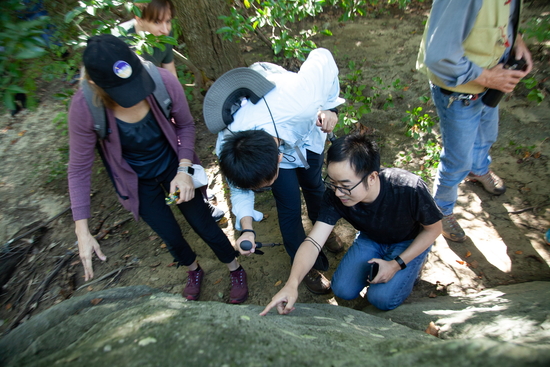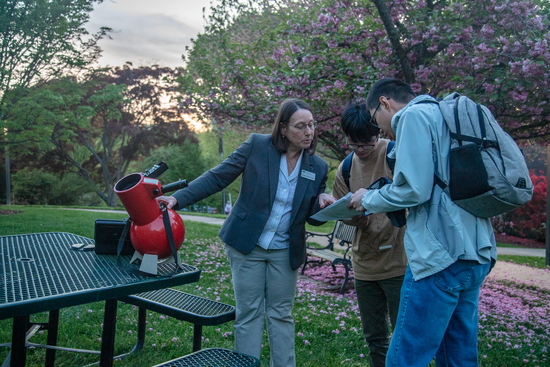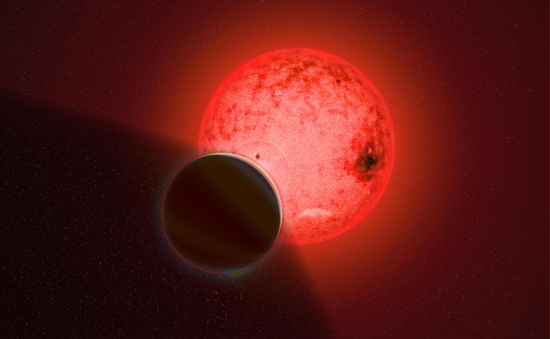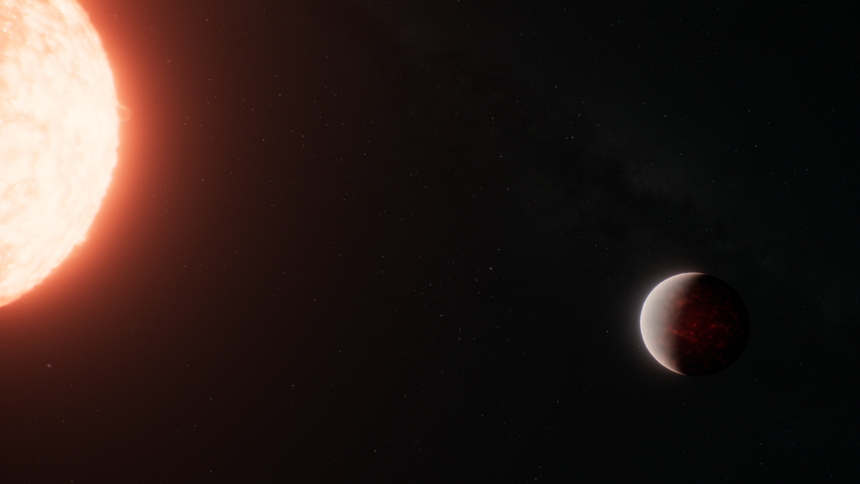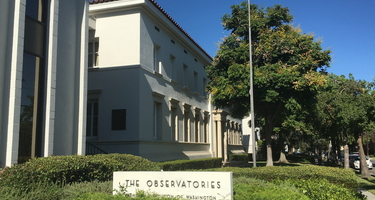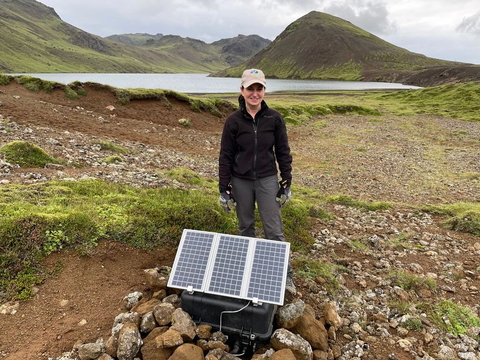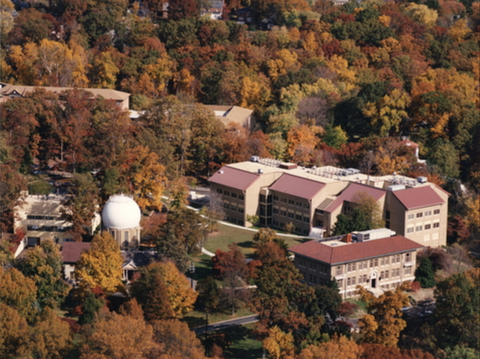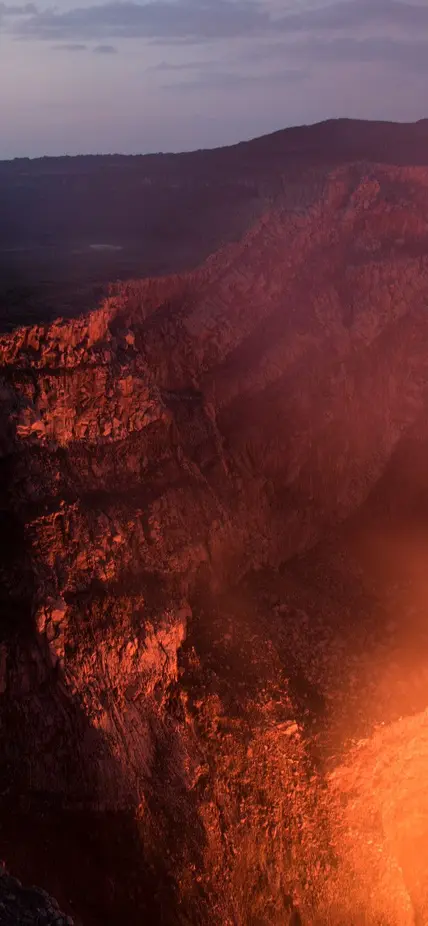
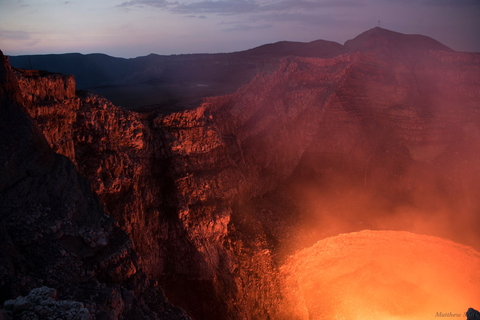
Earth & Planets Laboratory
Drawing on more than a century of science, our multidisciplinary department discovers exoplanets, creates new materials, illuminates Earth's inner workings, and seeks to better understand the universe that is our home.
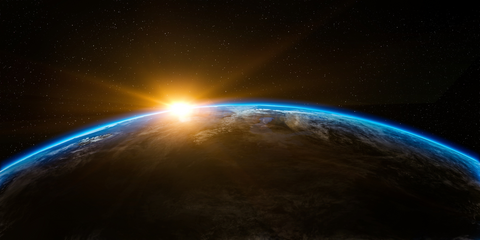
Studying life’s chemical and physical evolution—from its pre-solar beginnings through planetary formation to the emergence of life on Earth.

Studying the formation and early evolution of our Solar System, of meteorites and asteroids, and larger bodies like Mars, Mercury, and the Moon.
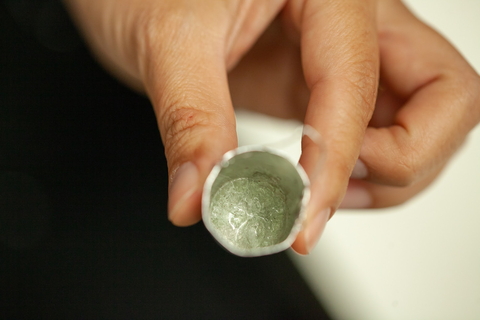
Uncovering the physical and chemical processes governing the evolution of planetary interiors.

Drawing on expertise and equipment from a broad swath of plant biologists, cellular and molecular biologists, astrobiologists, geophysicists, and geochemists to answer fundamental questions about our planetary habitability and the origins of life.
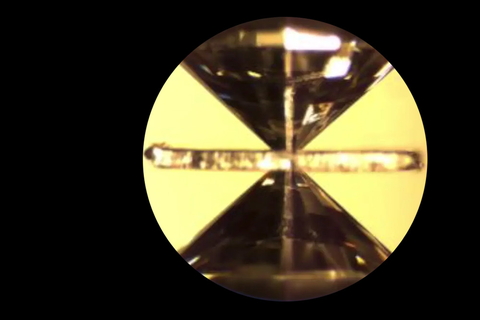
Utilizing experimental and theoretical approaches to understand fundamental chemical processes and interactions and to create new and advanced technological and energy-related materials.

Building a timeline of Earth and our Solar System’s early development.
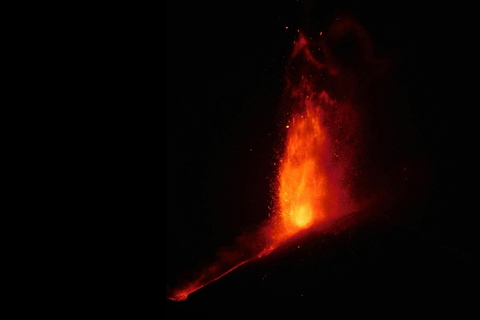
Revealing Earth's internal dynamics and the processes that give rise to earthquakes and eruptions.

Investigating the origin and dynamic evolution of Earth and planetary interiors, from their crusts to their cores, and the processes that lead to surfaces capable of supporting life.
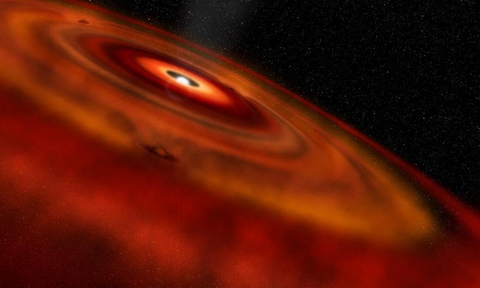
Piecing together the processes that shape a planetary system's formation and early evolution.
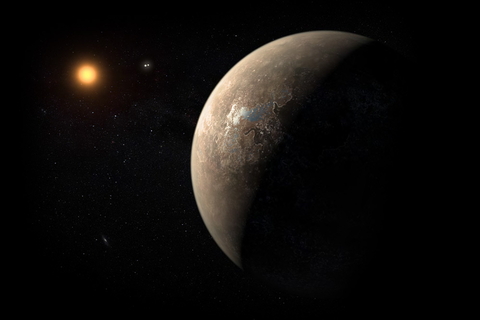
From discoveries in our Solar System to exploring distant worlds.
Events
Featured Staff Member

Explore
Recent News
News
Stay Connected
Find Carnegie Science on social media
Get the latest
Subscribe to our newsletters.
